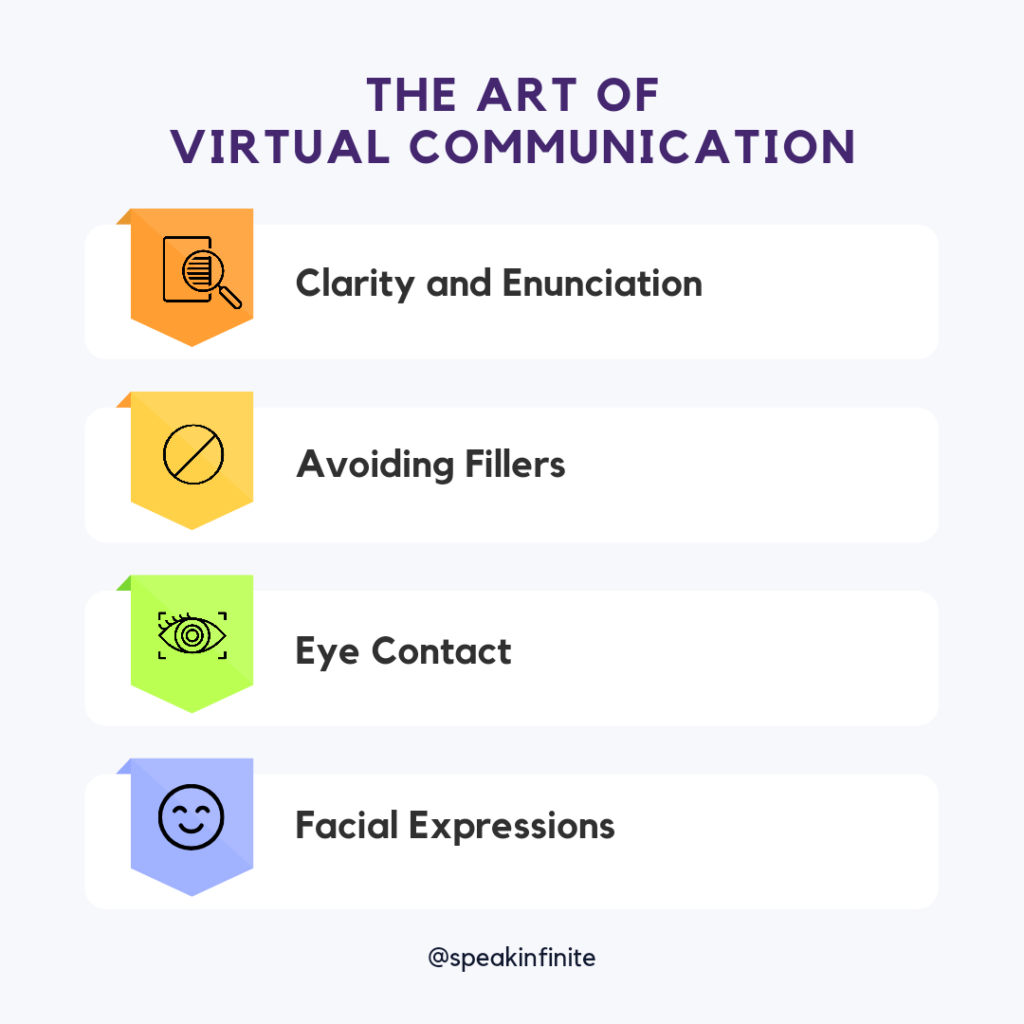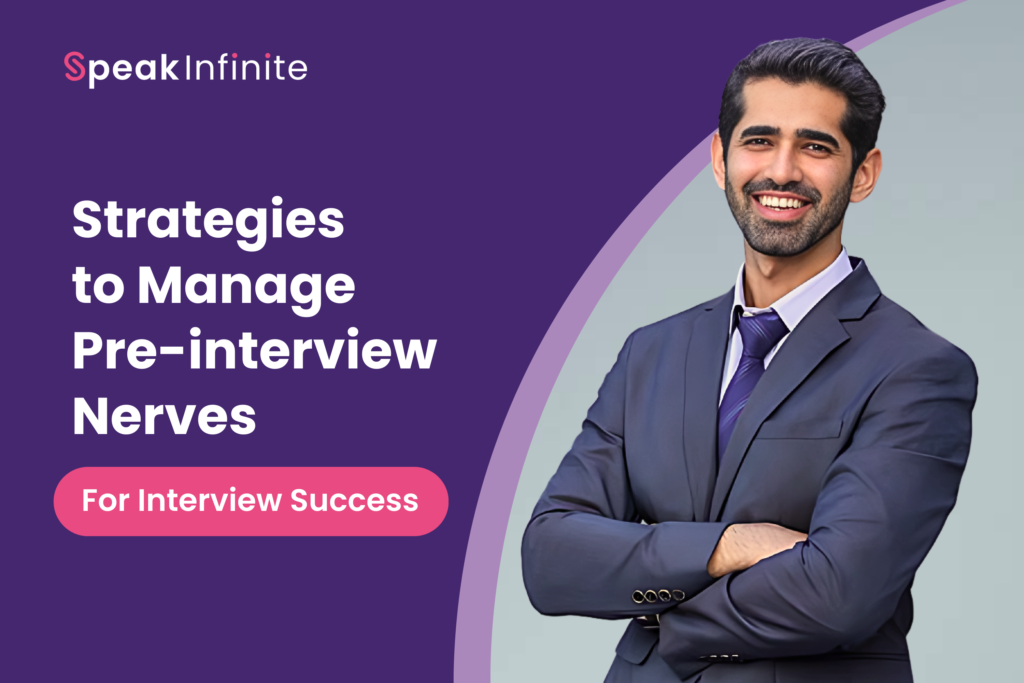Introduction
Definition of Virtual Job Interviews
Virtual job interviews mean using technology to conduct job interviews remotely, allowing candidates and employers to connect without needing a physical presence. For example, when conducting interviews, it is common for interviewers to use video conferencing tools like Zoom or Microsoft Teams. These platforms provide a convenient and efficient way to connect with candidates, allowing employers to conduct the interview process promptly and effectively.
Rise in Popularity
The popularization of virtual interviews has surged in recent years, driven by technological advancements and the global shift towards remote work.
Importance of Mastering Virtual Interviews
Companies increasingly turn to virtual hiring processes as the world adapts to virtual work environments. This means that job seekers must prepare to navigate and excel in virtual interviews. In addition to having strong communication skills and a solid understanding of the company and the role, candidates should also be comfortable with the technology involved and be able to present themselves professionally through a screen.
Practicing and preparing for virtual interviews is essential, just as you would for in-person interviews, paying attention to details such as lighting, background, and sound quality. By developing these skills, job seekers can increase their chances of success in the virtual job market. With the shift towards virtual hiring processes, it is essential to consider the ability to navigate and excel in virtual interviews.
Preparing for a Virtual Job Interview
Technical Preparation
Checking Equipment
Ensure your computer, camera, and microphone are in working condition to avoid technical hurdles during the interview.
Testing Internet Connection
A stable internet connection is essential. Test and troubleshoot your connection to prevent issues.
Setting Up a Professional Environment
Lighting and Background
Ensure your background is well-lit and clutter-free to present a professional image. For instance, position yourself facing a natural light source to illuminate your face clearly, creating a positive visual impression.
Noise Management
Minimize background noise to ensure clear and effective communication during the interview.
Understanding Virtual Interview Platforms
Common Platforms
Zoom
Thoroughly explore the features of popular platforms like Zoom, understanding how to effectively use functions like video settings, audio controls, and virtual.
Microsoft Teams
Please familiarize yourself with Microsoft Teams and its functionalities for seamless virtual interviews. For example, mastering the platform’s features can significantly enhance productivity and efficiency. We recommend you practice regularly using meeting scheduling, file sharing, and collaboration tools to showcase your proficiency.
Skype
Understand the features of using Skype as a virtual interview platform.
Familiarity with Features
Screen Sharing
Learn to use screen-sharing features to showcase presentations or portfolios effectively.
Chat Functions
Learn to utilize chat functions for effective communication during virtual interviews.
Dressing and Presenting Yourself Virtually
Professional Dress Code
Dress as you would for a face-to-face interview to convey a professional and serious demeanour.
Body Language in a Virtual Setting
Please pay attention to your body language, ensuring it aligns with professionalism and engagement.
Mastering the Art of Virtual Communication


Effective Verbal Communication
Clarity and Enunciation
Speaking clearly and enunciating your words is essential when you want to communicate effectively. It helps ensure that your message is understood. Assertiveness is an important aspect of communication, and speaking clearly and confidently can help you be more assertive.
Avoiding Fillers
Minimize using fillers like “um” and “uh” to present yourself confidently during a virtual interview.
Non-Verbal Communication
Eye Contact
Look directly at the camera to maintain eye contact, creating a sense of connection.
Facial Expressions
Facial expressions add depth to your emotions and convey them properly.
Handling Common Virtual Interview Challenges
Technical Glitches
Be prepared for potential technical issues and have backup plans to ensure a smooth interview experience.
Connection Issues
Address and resolve connection problems in advance to avoid disruptions during the interview. For example, if a backup internet connection is available, be prepared to switch to a different platform if needed.
Distractions in the Background
To maintain focus and professionalism during the virtual interview, eliminate distractions in your background. Choose a quiet and well-lit location to avoid any background issues.
Answering Virtual Interview Questions
Common Questions and Best Practices
Analyze and prepare for common virtual interview questions, highlighting your skills and experiences.
Showcasing Skills Effectively
Use the virtual platform to showcase your skills through examples and demonstrations. For example, when asked about your teamwork abilities, share a specific project where collaboration played a crucial role, showcasing your communication and cooperation skills.
Virtual Interview Etiquette
Punctuality
Be punctual for virtual interviews, and log in a few minutes early to convey sincerity and professionalism.
Professionalism
Maintain a high level of professionalism in both appearance and behaviour throughout the interview. For example, dress appropriately and avoid distractions to project a positive and focused image.
Following Up After the Interview
Send a thank-you email promptly after the virtual interview to express gratitude for the opportunity and reinforce your interest.
Tips for a Successful Virtual Interview
Researching the Company
Thoroughly research the company to gain valuable insights and demonstrate your genuine interest and knowledge during the interview. For example, reference recent company achievements or projects in your responses to demonstrate your understanding and alignment with the organization’s goals.
Asking Thoughtful Questions
Prepare insightful queries to ask the interviewer, demonstrating your curiosity and engagement.
Expressing Gratitude
End the interview by expressing gratitude for the opportunity, leaving a positive, lasting impression.
Overcoming Virtual Interview Anxiety
Breathing Exercises
Incorporate deep breathing exercises to manage anxiety and stay calm during the virtual interview.
Visualization Techniques
Visualize a successful interview experience to boost confidence and alleviate nervousness. For example, imagine yourself confidently answering questions and establishing a solid connection with the interviewer to enhance your mental preparation.
Case Studies: Successful Virtual Interviews
Real-life Experiences
Explore real-life success stories of individuals who mastered virtual interviews, learning from their strategies.
Learning from Positive Outcomes
Identify valuable lessons from positive outcomes in virtual interviews and include them in your preparation.
Future Trends in Virtual Hiring
Continuation of Virtual Interviews
Expect that virtual interviews will remain in the professional world and hiring process, even as the business landscape evolves.
Evolution of Virtual Hiring Processes
Know about the changes and advancements in virtual hiring processes, and stay updated on new technologies.
Conclusion
Success in virtual interviews demands proactive preparation for technical issues, professionalism, and anxiety management through techniques like deep breathing and visualization. Learning from real-life success stories and integrating those lessons into your approach can enhance your performance. With careful planning and a positive mindset, you can navigate virtual interviews confidently and increase your chances of securing the desired opportunity.

